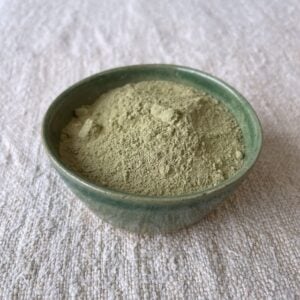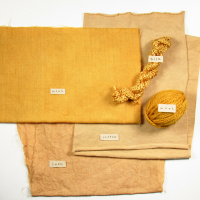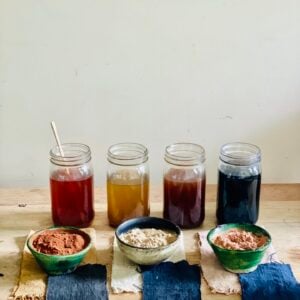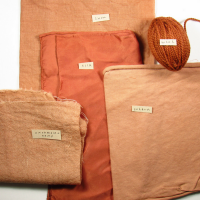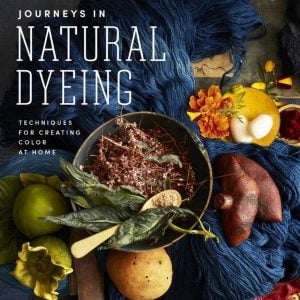Sumac Powder
Sumac Powder (Rhus coriaria) is a traditional tannin for pretreating cottons. The tannin is derived mainly from the bark of the tree, but all parts contain tannin and may be used. Sumac is from the Rhus genus and its scientific name is Rhus coriaria. It’s native to southern Europe and western Asia where it is commonly known as Tanner’s Sumac or Sicilian Sumac. We are fortunate to have number of North American native sumacs including Rhus glaubra, sometimes called Smooth Sumac, and Rhus typhina or Staghorn Sumac, known for its dramatic bright red berry clusters. The staghorn berries were used … Read more

